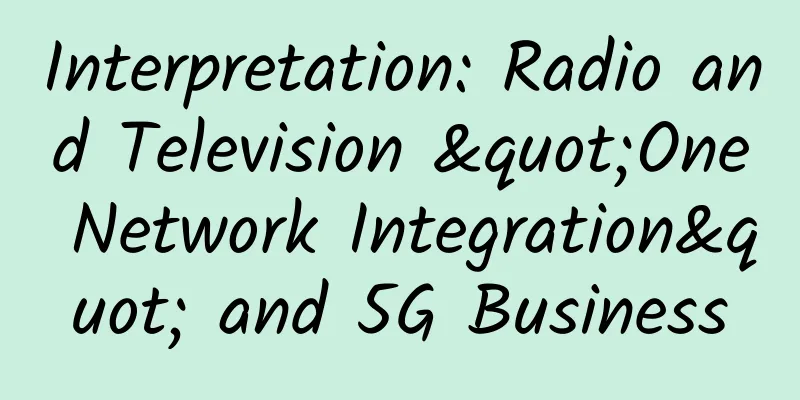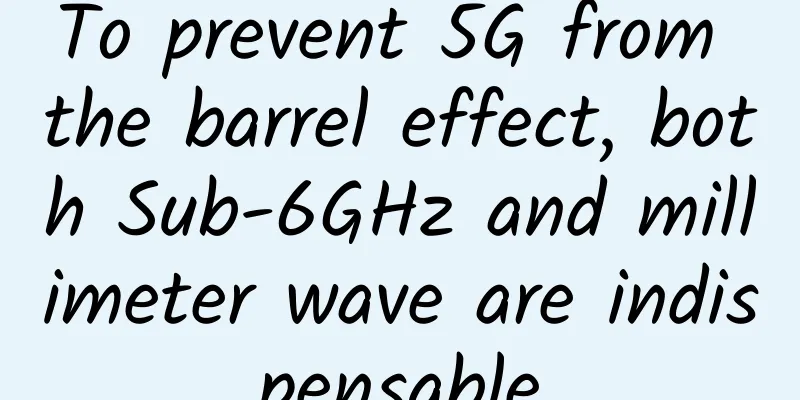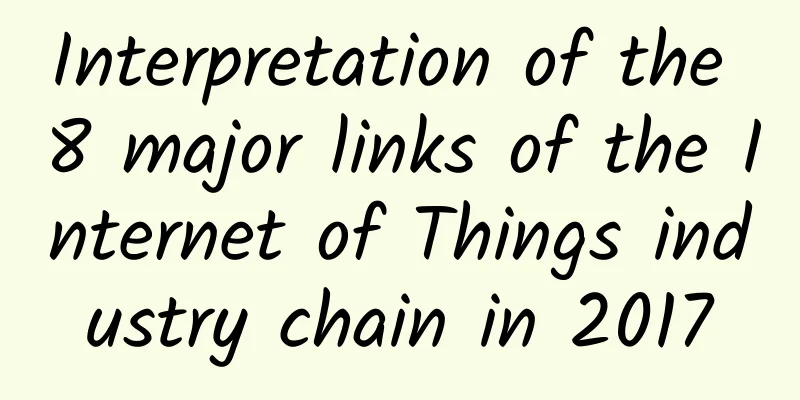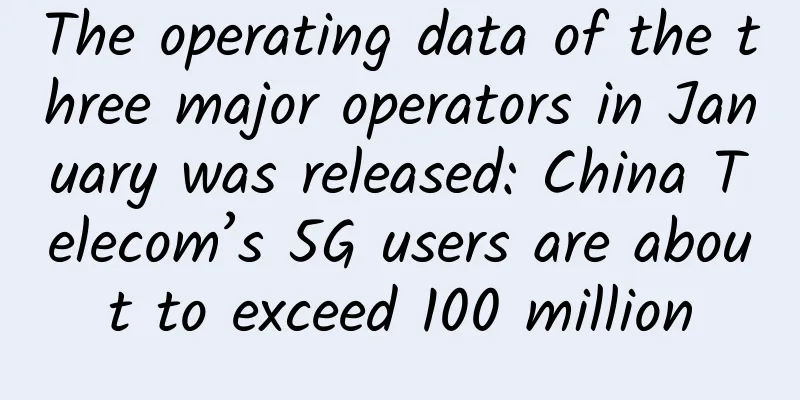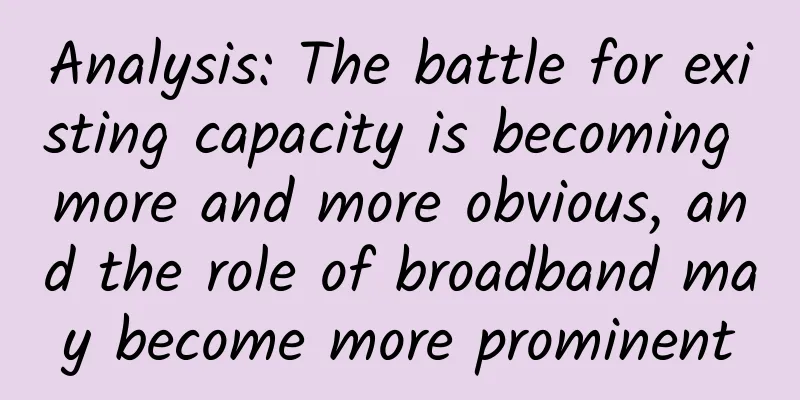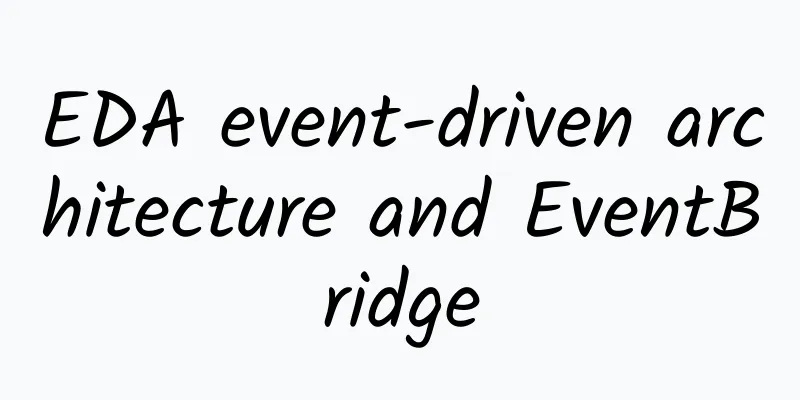Summary of precautions and common problems in the use of twisted pair cables in weak current engineering
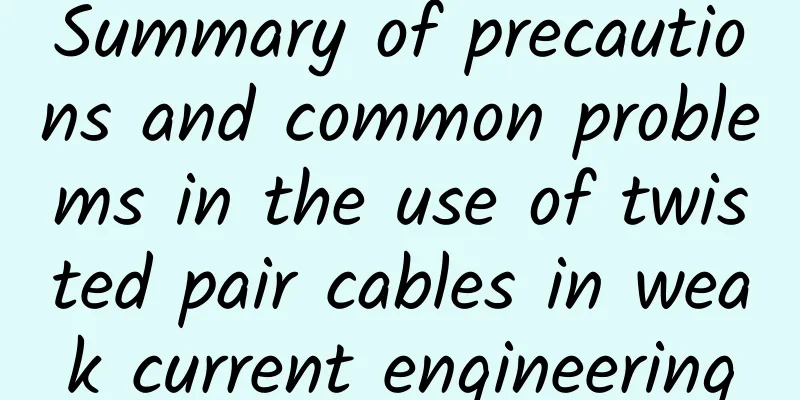
|
Twisted pair wire is the most commonly used transmission medium in integrated wiring projects. Twisted pair wires consist of two copper wires with an insulating protective layer. Twisted pair wires use traditional analog technology to transmit video signals, which not only ensures full real-time, long-distance, and high-quality transmission of surveillance images, but also saves the cost of transmission equipment.
We may encounter some problems when using twisted pair transmission. This article summarizes these problems and answers them one by one. I hope the content of this article will be helpful to everyone. 1. What combination of signals can be transmitted through a twisted pair cable? Answer: An unshielded Category 5 or above twisted pair cable generally has four pairs of twisted pairs and can transmit 4-channel video. In short, 1 pair of wires can transmit one signal, and 4 pairs of wires can transmit 4 signals (for example, 4 channels of video or 4 channels of audio or 4 channels of data or any combination of these three signals). In addition, large-log twisted pair cables can transmit more signals. 2. Can twisted pair cables be put together with other cables (for example, bundled together) in integrated wiring? Answer: During construction and wiring, it can be transmitted together with general telephone lines, computer network lines, coaxial cables, and optical fibers; but try to avoid transmitting it together with power lines. If transmitted in a pipe, try to keep the distance between them at more than 50 cm, especially for high-voltage and high-power power lines. 3. Can existing computer network cables be used to transmit video, audio, and data signals? A: As long as the unused pair of twisted wires is used, it can be used to transmit video, audio, and data; generally, computers use two pairs of twisted wires in the network cable to transmit Ethernet and other signals, and the other two pairs of wires can transmit video, audio, and data. However, the transmitted signal cannot pass through other devices such as HUBs and switches. 4. How to connect the twisted pair connector? A: A box of network cables is normally 305 meters (1000ft). When connecting each box of network cables, do not twist them together directly. If the connection is not good, the contact resistance will be too large, affecting the transmission effect or even preventing transmission. When connecting, solder them together according to the color correspondence, and wrap them with insulating tape to prevent short circuits. If connected outdoors, waterproof treatment must be done. 5. What type of cable does a twisted pair transmitter use? A: Please use Category 5 or above unshielded twisted pair cables (UTP CAT5 24AWG, conventional copper wire diameter is 0.5mm). The higher the cable category, the better the transmission effect. Category 5 shielded twisted pair cables (STP CAT5 24AWG) can be used in some special cases such as strong electromagnetic interference, but it will shorten the transmission distance. Category 3 and 4 unshielded twisted pair cables can also be used, but the image effect, transmission distance and anti-interference performance are greatly reduced. Parallel cables that are not twisted together (such as parallel telephone lines) and two shielded cables are not recommended. Different cables should be selected according to different usage environments, such as indoor cables, outdoor cables, water-blocking cables, etc. 6. Can twisted pair cables transmit power? A: You can transmit low-voltage power supply, such as 12VDC, 24VAC, etc. But you have to ensure that the power supply meets the requirements of the device. For example, if the working power supply of the device is 10-12VDC, the current is 50MA, and the internal resistance of the twisted pair is 10Ω/100 meters (actual use needs to be measured), if the transmitted power supply is 12VDC, to ensure the normal use of the device, you have to transmit the power supply within 200 meters. But we do not recommend users to use twisted pair to transmit power. 7. Can Category 6 unshielded twisted pair cables be used? A: Yes. As long as it is Category 5 or above UTP, it can be used. 8. Can I use non-twisted pair cables (such as parallel cables)? A: Some of our users use non-twisted pair cables, but the transmission distance is very short. Therefore, we recommend that users do not use non-twisted pair cables to avoid affecting the transmission distance and image quality. 9. Does the twisted pair video transmission equipment support the bridge connection mode with center tap? A: Twisted-pair video transmission equipment is suitable for point-to-point direct connection. Do not use the bridge connection method of tapping from the middle of the twisted-pair cable. If the user takes out a pair of cables from the middle of the twisted-pair cable, the extra cables behind the pair must be disconnected. 10. What are the basic requirements for twisted pair cable installation? Answer: Basic requirements for laying twisted pair cables: (1) Groove inspection. Before laying the cable, check all routes through which the cable passes, remove burrs and sharp protrusions at the groove joints, and clean out iron filings, small stones, cement chips, etc. in the groove to ensure a smooth and unobstructed groove. (2) Civilized construction. The radiating cable in the trough should be manually pulled at a slow speed. It is not advisable to pull it hard to prevent the cable sheath from being damaged by grinding, scraping, rubbing, dragging, etc. Do not throw and drag the cable vigorously on the ground full of debris. It is forbidden to step on the cable. When the wiring route is long, multiple people are required to move the cable on the ground. In particular, people should be arranged at the corners to supervise the wiring; the cable should be laid naturally and straight, without twisting, looping, joints, etc., and should not be squeezed and damaged by external forces. (3) Line laying records. In order to accurately calculate the cable usage and make full use of the cables, a cable laying record sheet should be made for each box from the first time the cables are laid out. There is a length record every two feet on the cable, and the length of a box is 1000 feet (305m). When laying out the cables at each information point, the length at the beginning and the end should be recorded, so that the length of the cable laid out this time and the length of the remaining cables in the box can be clearly seen. This is conducive to laying out the remaining cables in the box to the appropriate information points. (4) The cable should have margin to accommodate termination, testing and changes. The reserved length of twisted pair cable: 3-6cm in the working area, 0.5-2m in the telecommunications area, and 3-5m in the equipment room; if there are special requirements, the reserved length should be based on the design requirements. (5) Requirements for cable bundling in cable ducts of bridge machines.
|
<<: From data leakage to big data killing old customers, where is the future of the Internet?
Recommend
The road to network modernization starts now
Today, as more businesses adopt open office plans...
Understanding the differences and application scenarios of TCP and UDP protocols in one article
[[276674]] TCP (Transmission Control Protocol) an...
Japanese media: China may be the first to master 5G international standards
China, which has no say in almost all modern scie...
Want to replace WeChat? The three major operators announced one after another, Tencent has a new rival
As the largest social software in China, WeChat h...
Illustrated DHCP protocol, understand how your computer/mobile phone automatically obtains IP
Hello everyone, I am Bernie, an IT pre-sales engi...
How to cultivate talents needed for ecological collaboration? Huawei's talent ecosystem indicates that AI talents are the key training targets
[51CTO.com original article] On March 22, Huawei ...
Promoting the comprehensive upgrade of SASE services, the front line of Internet technology is catching up with the era of cloud and network security integration
As digital transformation progresses and cloud-ne...
"Three mountains" weighing on China's radio and television industry: China's radio and television industry seeks a way out of the broadband market
The hype about 5G has masked many problems. For C...
SAP HANA Express Edition for Developers Launched on Huawei Cloud
On September 5, during HUAWEI CONNECT 2017, Huawe...
Talking about IPv6 tunnel technology
IPv6 was originally designed without tunnel techn...
HostDare offers 20% off on new NVMe disk VPS starting at $20.79 per year
HostDare sent a new email, and launched the new N...
Summary of common troubleshooting methods for network broadband
1. FTTH troubleshooting steps Step 1: Check the s...
The best solution is to merge telecom operators into two companies, and the next five years will be the best period
In recent years, the competition in the communica...
Is it a major setback or a cold shower? What happened to 5G?
Because South Korea postponed the commercializati...
You’ll regret it if you don’t read it: Web design tips to improve website conversion rate
[51CTO.com Quick Translation] There is no doubt t...


